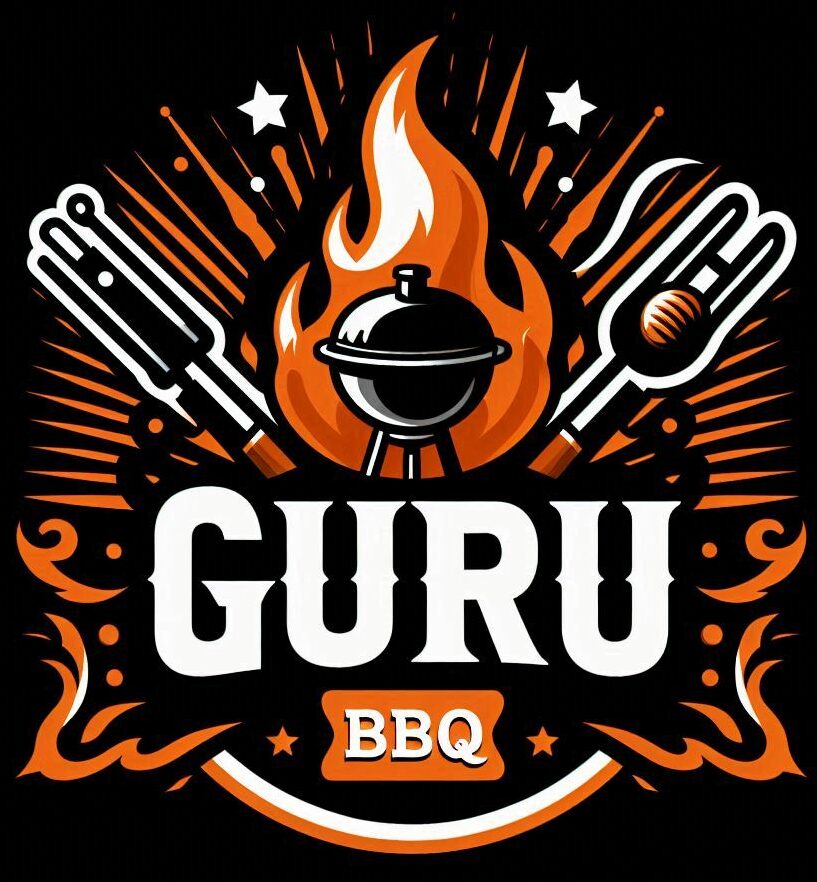BBQ is way more than just a cooking method; it’s a vibrant piece of cultural heritage that has withstood the test of time. Fire and meat have been partners since ancient civilizations, sparking joy and community gatherings across the world. From the aboriginal Australians perfecting fire-cooked kangaroo to Native Americans slow-smoking fish, open-fire cooking is a beloved tradition found across continents.
Throughout history, BBQ has been all about bringing people together. It’s fascinating to see how different communities have adapted their techniques to whatever was available in their region. The maroons in Africa, for instance, developed unique braising and BBQ methods that used local herbs, giving rise to dishes that are still celebrated today.
BBQ tools and methods have seen quite the evolution over the centuries. If you think about it, early pit cooking laid the groundwork for some of the BBQ setups we see today. Pits, spits, and grills—all born from human ingenuity in understanding how best to harness the power of fire for more than just sustenance, but also flavor and tenderness.
Recognizing BBQ’s rich history helps you appreciate the meal on your plate today. Imagine the stories passed down from one BBQ gathering to the next, the traditions shared, and how each bite connects us to generations past. It’s all about community and sharing in the warmth and simplicity of a good meal crafted with fire.
Argentinian Asado: The Art of Fire and Patience
Argentinian Asado isn’t just about grilling meat; it’s a cherished tradition that’s deeply rooted in the country’s culture. It’s like a social event that centers on the joy of good company and delicious food. Here, it’s all about quality cuts of meat cooked slowly over an open flame.
In Argentina, the Asado is often considered the heart and soul of gathering friends and family. The different cuts used in Asado—like ribs, flank steak, and chorizo—are not just thrown on the grill. Each has its own special preparation and cooking process, ensuring every bite is a burst of flavor.
The Asador, or the BBQ master, is a crucial figure at any Asado. It’s about more than just knowing how to light a fire. The Asador carefully selects the right wood to achieve the perfect heat and flavor, and then keeps a close eye on everything, turning the meat just so, to achieve that delectable char and smokiness.
What makes Asado such a standout is its social essence. It’s not just about the meat, but also the stories, music, and laughter that fill the air while the meat slowly cooks. Sharing this experience over a glass of wine or a cold beer creates bonds that go beyond just dinner. It’s about the warmth and community, and that magic of a slow-cooked meal.
Korean Gogi-gu-i: A Blend of Flavor and Craftsmanship
Korean BBQ, known as Gogi-gu-i, is an exciting culinary experience that’s as much about cooking as it is about eating. The tradition dates back hundreds of years and has gracefully transformed into the vibrant dining experience we see today. Whether it’s beef, pork, or chicken, each type of meat is given the royal treatment with meticulous marination, striking the perfect balance between sweet and spicy.
The magic behind Korean BBQ lies in its marinade. The mix often includes soy sauce, sugar, garlic, and a hint of sesame oil, creating flavors that dance on your taste buds. Preparing the marinade just right is key to enhancing the natural taste of the meat and adding depth, without overpowering it.
Eating Korean BBQ is a ritualistic experience, often accompanied by a variety of side dishes known as banchan. Kimchi, pickled radishes, and seasoned bean sprouts aren’t just side dishes—they’re essential elements that complement the flavors of the grilled meat, adding texture and a burst of freshness.
Korean BBQ isn’t just about the food, though. It’s a lively social event where the grill sits right at your table, letting you cook and eat at your own pace. It’s about sharing the joy of grilling with friends and family, creating a communal atmosphere where everyone gets involved in the process. The sizzling sound of meat hitting the grill and the aroma filling the air make for an immersive dining experience, turning an ordinary meal into a delightful celebration.
South African Braai: A Mesh of Diverse Culinary Traditions
In South Africa, Braai is a cultural institution that brings people together across all walks of life. It’s not just about the food on the grill; it’s about the diverse influences that have shaped its identity. From traditional African methods to Dutch and Malaysian influences, Braai embodies a fusion of flavors and techniques that showcase the region’s rich heritage.
The choice of meat for a Braai is as diverse as its origins. While you’ll find classic beef steaks and lamb chops, don’t forget the boerewors—a unique sausage spiced with coriander, nutmeg, and cloves. The blending of spices and herbs creates bold flavors typical of South African cuisine, turning each bite into a taste adventure.
A proper Braai isn’t complete without a variety of side dishes that highlight the unique culinary landscape. Think along the lines of pap, a comforting maize-based staple, or chakalaka, a spicy vegetable relish that adds a vibrant zing to the meal. These sides complement the smoky goodness of grilled meat, rounding out the Braai experience.
Braai is about more than just grilling; it’s all about community and camaraderie. Often, it’s like a local festival, complete with laughter, music, and good company. The act of gathering around the fire, sharing stories, and cooking up a feast together creates lasting memories and strengthens bonds—not just a meal, but a celebration of life itself.

yes indeed i really liked these outcomes of coking ides